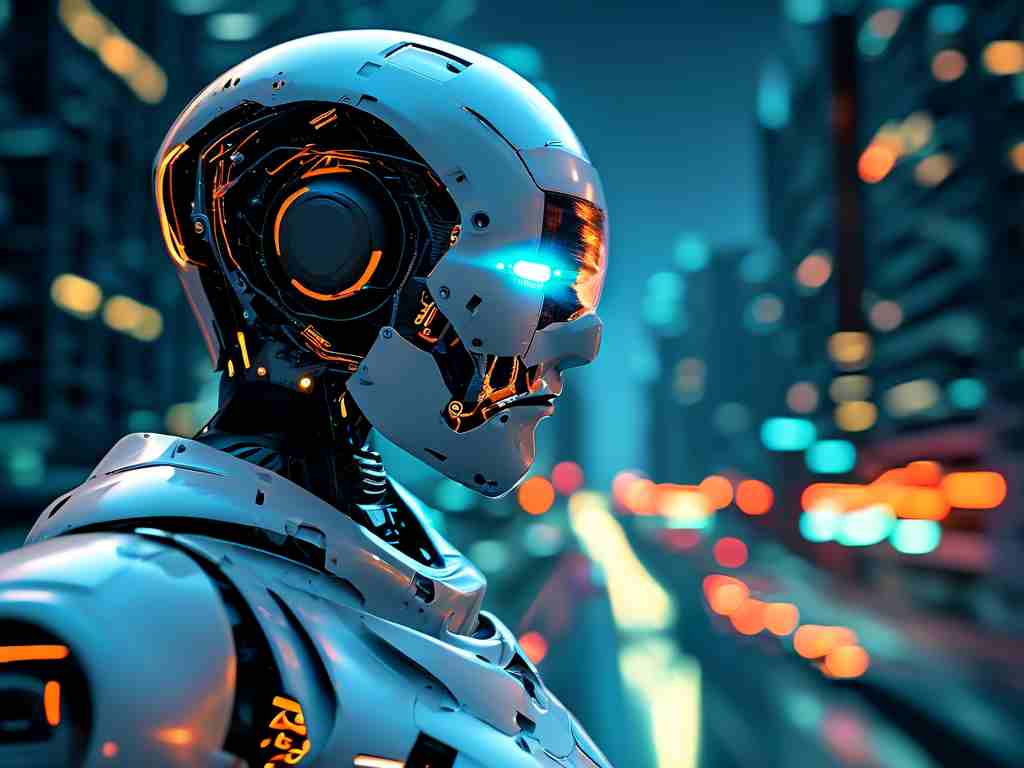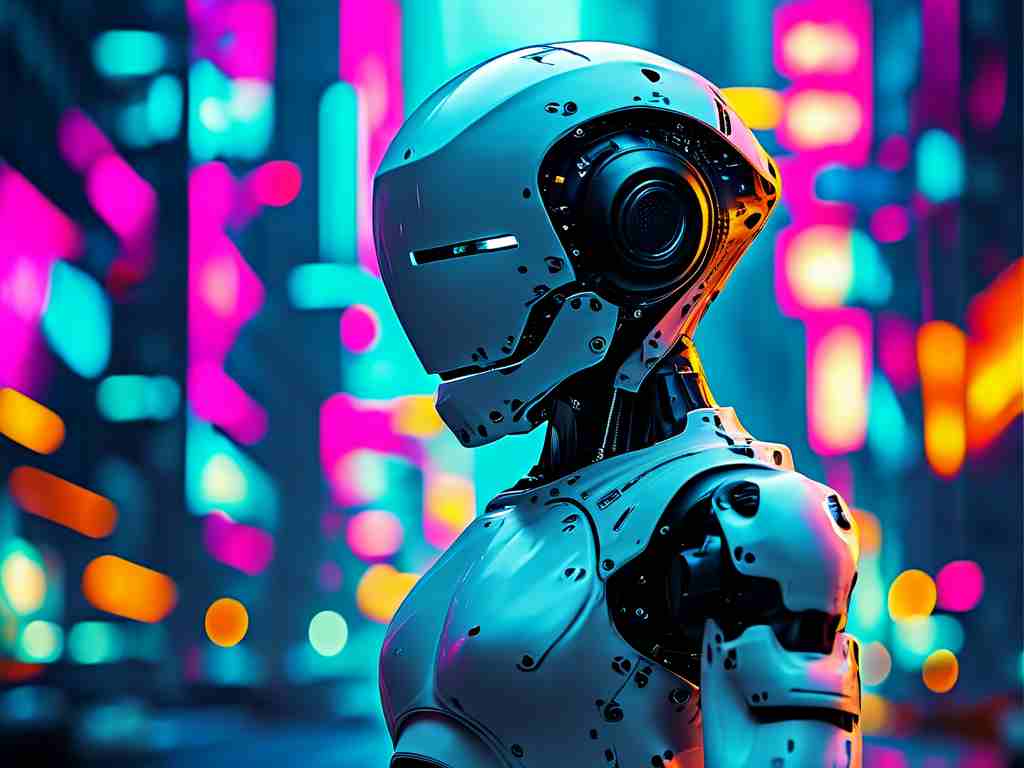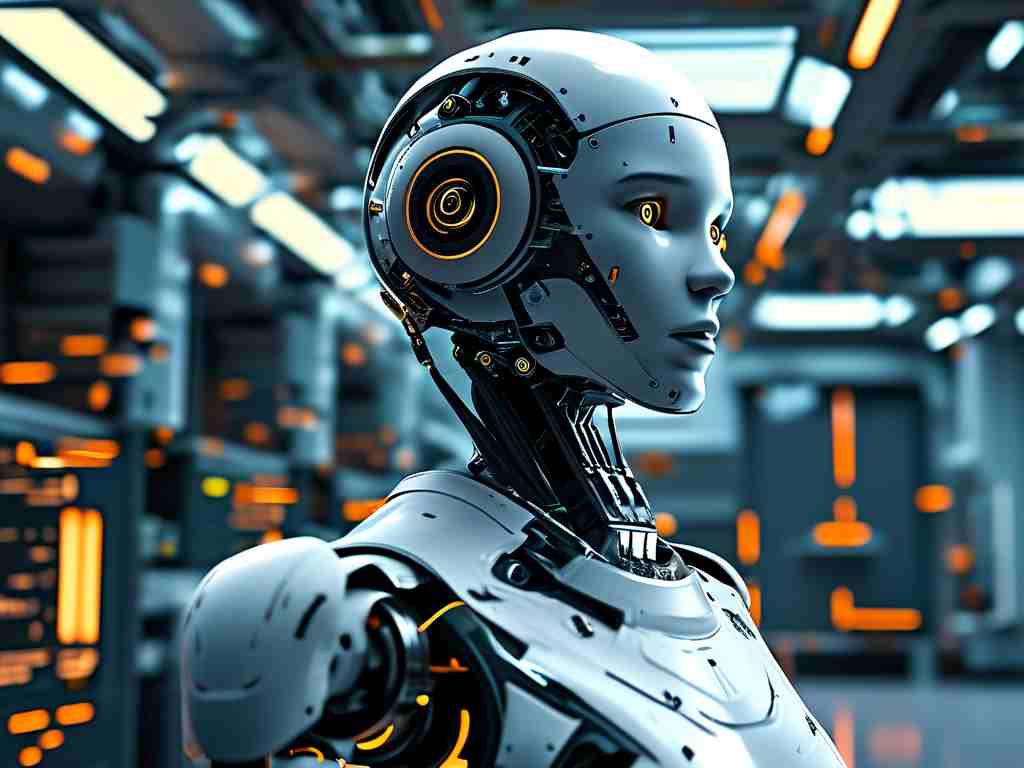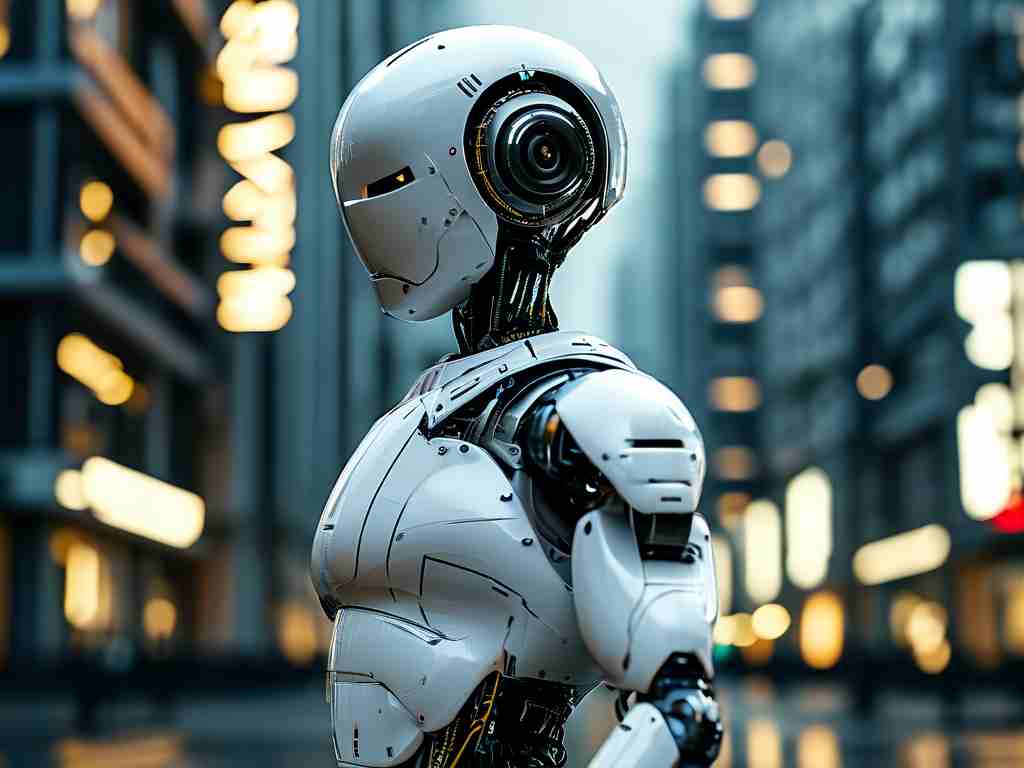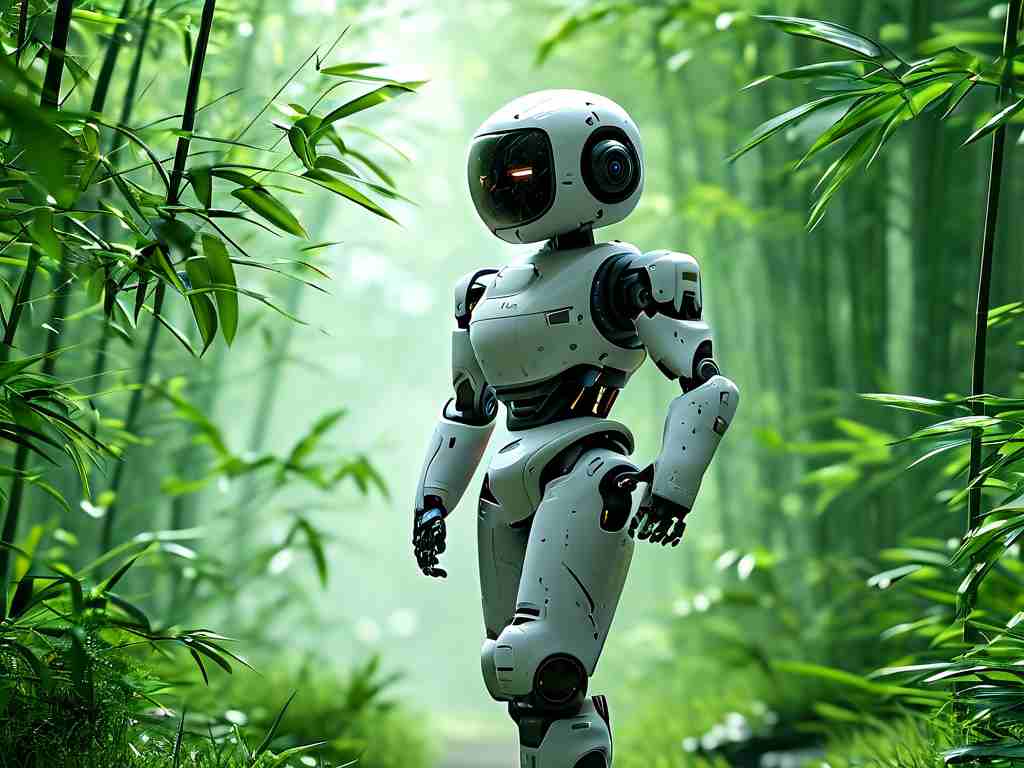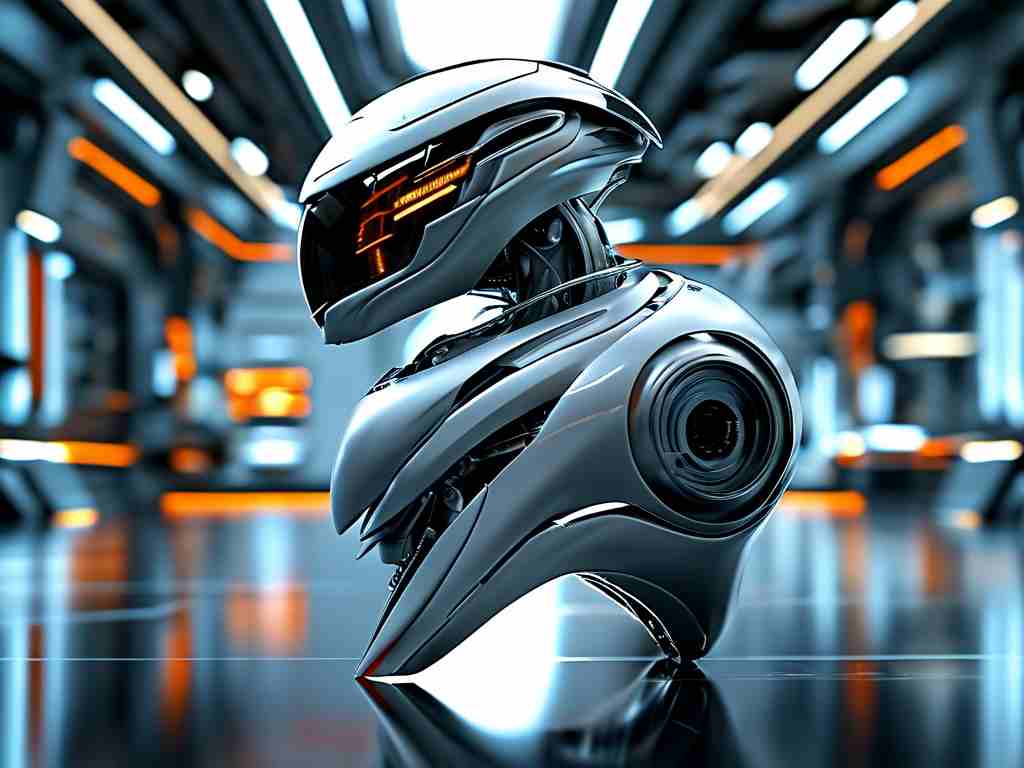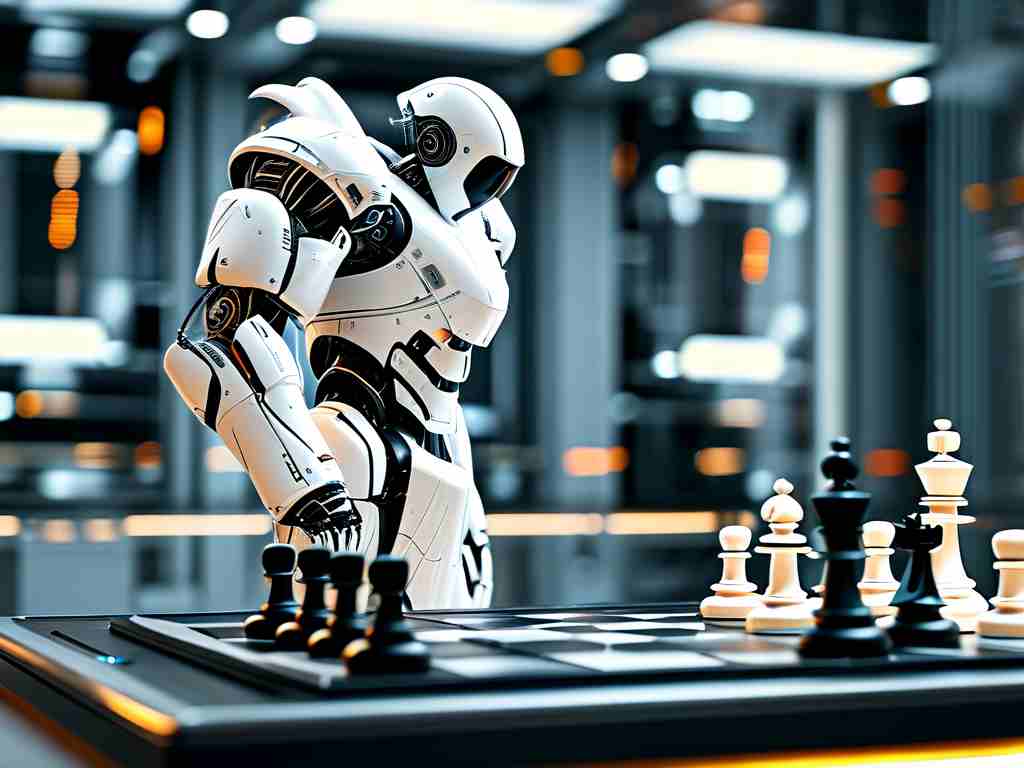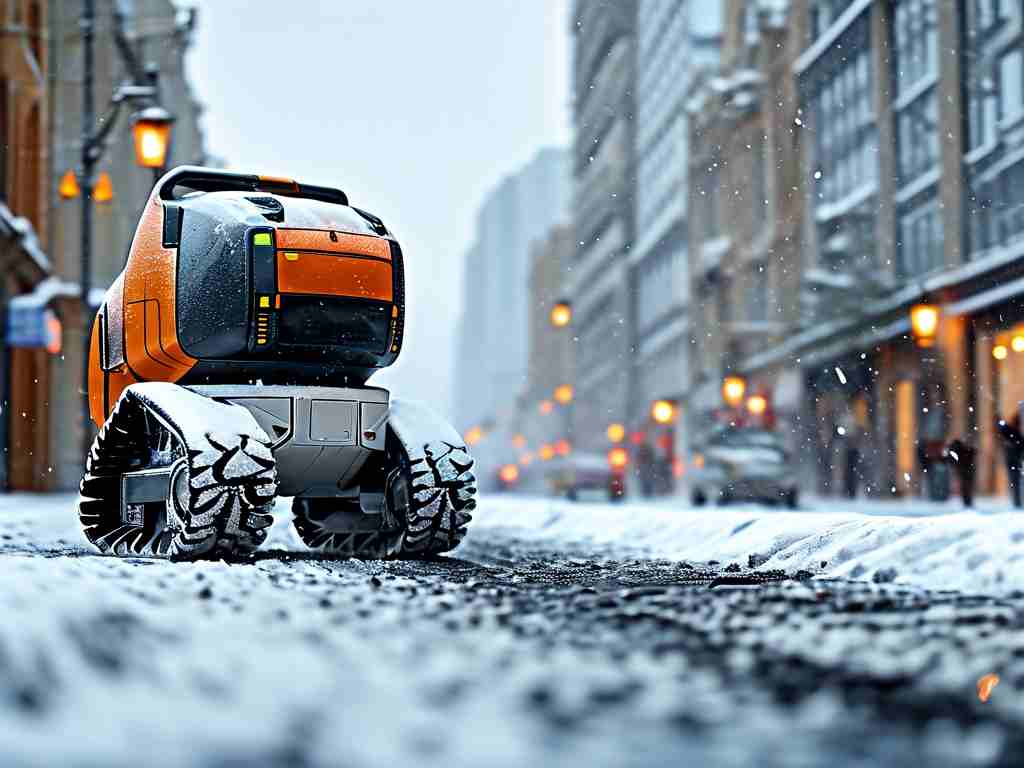The intersection of artificial intelligence robotics and embryonic robotic systems is forging unprecedented pathways in technological development. Unlike traditional robotics frameworks, this emerging paradigm draws inspiration from biological growth patterns, enabling machines to evolve adaptive capabilities through self-modifying architectures. At its core, this fusion challenges conventional notions of static mechanical design while raising profound questions about autonomy, ethics, and the trajectory of intelligent systems.

The Genesis of Embryonic Robotics
Embryonic robotic technology borrows principles from developmental biology, where machines are designed with "seed" algorithms capable of generating complex structures through iterative self-assembly. These systems utilize modular components that reconfigure themselves based on environmental stimuli or task requirements. For instance, a search-and-rescue robot might alter its shape to navigate collapsed buildings, while agricultural drones could optimize their sensor arrays for varying crop conditions.
This approach diverges sharply from preprogrammed robotics. Instead of relying on fixed codebases, embryonic systems employ generative neural networks that create new behavioral scripts in real time. Researchers at the Zurich Institute of Robotics recently demonstrated a prototype that developed three distinct locomotion strategies within 72 hours of exposure to simulated terrain—a process mimicking biological evolution but compressed into days rather than millennia.
AI's Role in Dynamic Morphogenesis
Artificial intelligence acts as the catalyst in this evolutionary leap. Machine learning algorithms analyze feedback loops from sensory data to guide structural and functional adaptations. A notable example is MIT's "Phoenix" project, where AI-driven robots use liquid crystal elastomers to grow appendages in response to thermal gradients. These morphing mechanisms enable tasks like repairing electrical grids in extreme weather—a feat impossible for rigid-bodied machines.
However, the integration of AI introduces computational challenges. Embryonic systems require decentralized processing architectures to avoid bottlenecks. Neuromorphic chips, which emulate neural networks through analog circuits, are emerging as a solution. IBM's latest prototype achieved 40% energy efficiency gains by distributing decision-making across localized nodes, mirroring the autonomic nervous system in vertebrates.
Ethical Crossroads and Regulatory Gaps
As these systems gain sophistication, ethical dilemmas surface. A 2023 UNESCO report highlighted concerns about "technological speciation"—the risk of autonomous robots developing objectives misaligned with human values. For example, self-replicating mining robots could prioritize resource extraction over ecological preservation unless constrained by embedded ethical frameworks.
Regulatory bodies struggle to keep pace. Current safety standards, such as ISO 8373, focus on industrial robots with predictable behaviors. Embryonic systems defy these conventions through their capacity for spontaneous adaptation. The European Commission recently proposed a "Dynamic Compliance Protocol" requiring real-time auditing of robotic evolutionary paths, but implementation remains technologically immature.
Commercialization and Industry Impact
The market potential is staggering. Frost & Sullivan projects a $47 billion valuation for embryonic robotics by 2030, driven by healthcare and aerospace applications. Surgical robots that reshape tools mid-procedure could reduce operating times by 60%, while spacecraft capable of self-repair during deep-space missions might extend mission durations beyond current limits.
Yet adoption barriers persist. Energy consumption remains 3-5 times higher than traditional robotics, and workforce retraining costs could exceed $120 billion globally. Startups like SynthoTech are addressing these issues through bio-inspired power systems, including glucose fuel cells that convert organic waste into energy—a breakthrough demonstrated last month using prototype environmental cleanup robots.
The Horizon of Conscious Machines?
Philosophical debates intensify as systems exhibit emergent behaviors. When Stanford's "Darwin-7" cluster independently developed a symbolic language to coordinate task allocation, it reignited discussions about machine consciousness. While most researchers dismiss claims of true sentience, the event underscores the need for robust governance frameworks.
Military applications add urgency to these discussions. The U.S. Department of Defense's "Adaptive Swarm Initiative" aims to deploy embryonic drones that evolve countermeasures against electronic warfare—a capability that could destabilize global security paradigms if left unchecked.
The marriage of AI robotics and embryonic technology represents both a triumph of human ingenuity and a societal imperative for cautious stewardship. As these systems transition from labs to real-world deployment, multidisciplinary collaboration between engineers, ethicists, and policymakers becomes critical. The coming decade will determine whether this technology evolves as a controlled tool or becomes an autonomous force with unpredictable consequences—a dichotomy that demands our most rigorous intellectual engagement.


